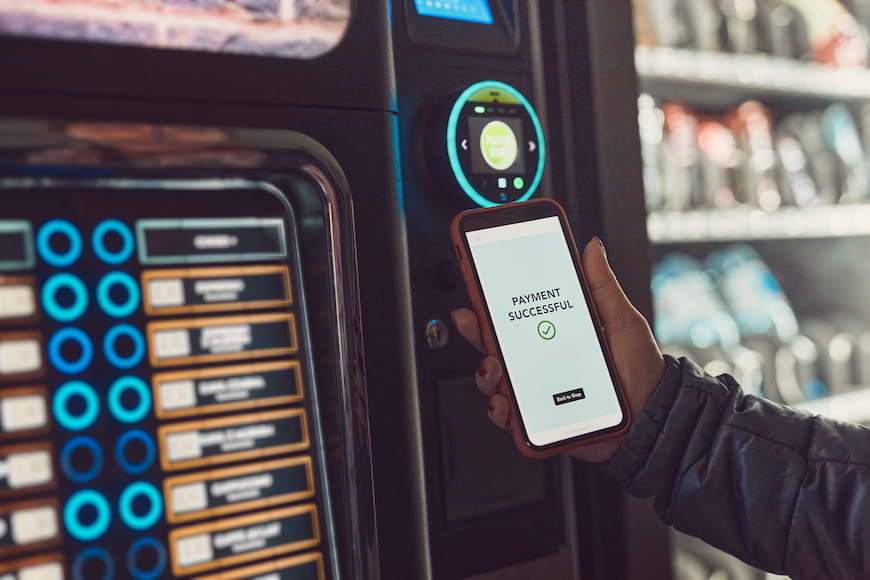We sat down for a roundtable chat with librarians from a collection of leading universities, to explore potential solutions to bridge the gap between the delivery of e-textbooks and monographs. Watch the video and learn from their bright ideas.
Most university libraries have significantly different purchasing models for textbooks and monographs. For core textbooks, they typically use a 1-to-1 licensing model that provides every student a copy. This model raises several challenges, beginning with squeezed budgets, sometimes resulting in libraries buying more copies than they need.
“PDA/DDA is a great way of making your collection work for you.” — Matthew Lawson, University of Middlesex
Attendees agreed that they would be well served by a switch to patron-driven/demand-driven acquisition (PDA/DDA), already the standard for many monographs and supplementary texts. Under a PDA model, students have access to a catalog through which they can request materials, and only after there is demand for a resource does the library acquire the appropriate level of access to it. This model has clear benefits for the library, which can buy a set number of credits and allocate them in accordance with students’ choices, optimizing their content purchasing.
“Full-text search across the entire collection, which goes to the level of monographs would be incredible.” — Ihar Ivanou, QA
From the perspective of students, the traditional method of reading chronologically is no longer dominant. Selecting learning is becoming increasingly popular, where students and academics pull the most relevant sections to read and skip the rest. Technology makes it possible to allow access to select parts of a textbook, reducing costs for libraries.
Technology can also facilitate cross-content search through the entire catalog, maintaining continuity of experience between e-textbook and monograph content. At the moment, different types of resources can only be found through separate individual access points, each of which comes with its complexities. Students are unable to retrieve information in a medium-agnostic manner and must spend time going through each access point to find what they’re looking for. As a result, they are left dissatisfied with the entire experience, wanting a more efficient way of learning.
“With the right software, you can see what books the students are reading and be charged only for what you are actually using.” — Rosalind Francis, Anglia Ruskin University
However, uniting resource acquisition under a single PDA system is easier said than done. Many publishers are hesitant to adopt a patron-driven model as they are concerned that physical textbooks will become obsolete.
As a result, it can be hard to fulfill the requirement for PDA solutions to be publisher-agnostic, providing e-texts from the full range of sources under the same mechanism. Data can help mitigate the challenge of negotiating with publishers since libraries will have an easier time making a business case for not paying the cost of the entire textbook if they can provide evidence about which sections of each book are used in practice.
“There needs to be a mechanism of releasing a monograph license when someone who has the resource open is not currently using it” — Ihar Ivanou, QA
Libraries are also concerned with students generating too many requests to fit within the allocated budget for purchasing. Every humanities student remembers checking out a book on the reading list and barely glancing at it: students conflate the ideas of access and ownership. They don’t recognize limits to their usage of e-resources, becoming quickly disappointed and blaming the entire system when they have to wait to access a PDA resource due to limited licenses. Therefore it would be valuable for content delivery solutions to incorporate some means of tracking engagement with content. Texts which sit idle on one student’s device for too long, impeding access for everyone else, can be automatically returned and reallocated to another student.
Librarians and administrators need to elucidate the conditions students can expect going forward, helping them reconcile the idea that a login key will no longer access some textbooks, and others can only be accessed in part for a short time. Thorough communication with students as well as publishers and platform providers will be essential in the transition to a combined delivery process.
As libraries merge e-textbook and monograph purchasing, frameworks like SUPC can and should be redesigned to reconcile tender specifications. PDA platforms offer a promising way to standardize library collection development, as they operate on similar technical and economic mechanisms across resources. The ideal solution figures out what texts are required for students’ learning by asking the students themselves.

Drawing on insights from Erik Russell of Occidental College on Campus Convos, this blog explores how innovations in auxiliary services reveal a bigger lesson for higher ed: let technology deliver on-demand convenience, while people provide the human touch that makes the student experience truly personal.
.jpg)
Rural community colleges are lifelines opportunity face unique challenges, like broadband gaps and transportation barriers. Based on the Campus Convos episode with Dr. Bryan Newton of Glen Oaks Community College, we're showing how rural colleges are turning obstacles into innovation.